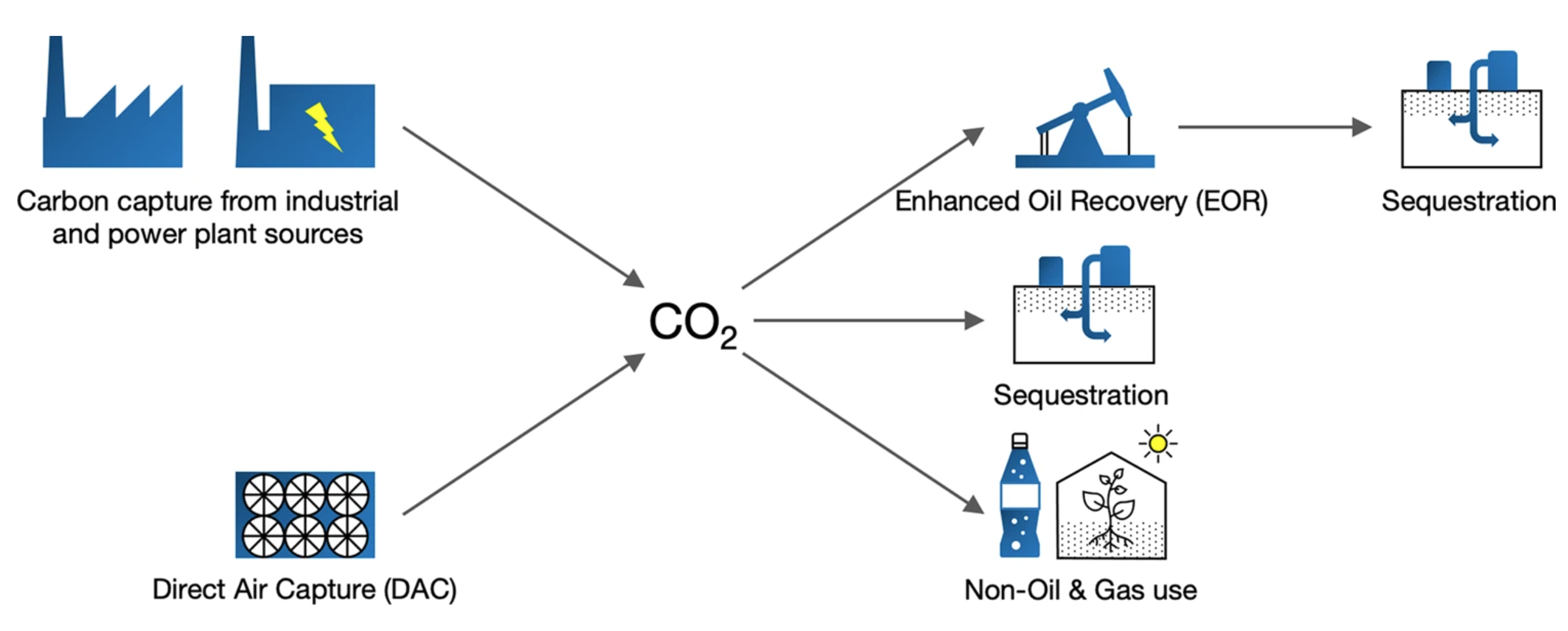

Another important research need relates to the development of in-situ experimental tools for the characterization of solid porous materials during CO2 adsorption, and computational methods that would enable a materials-by-design approach for their development.

The review reveals that although solid sorbents are considered to have great potential to reduce carbon capture cost, there is no consensus on the experimental parameters to be used for evaluating sorbent properties. Further, we highlight current activities aimed to address some of these research gaps. A Critical Review of CO2 Capture Technologies and Prospects for Clean Power Generation 1. Policy and regulatory frameworks are critical to CCS deployment. Based on a literature search and conversations with the carbon capture community, this review documents the standards, data, and metrology needs for carbon capture materials: solvents, solid sorbents, and membranes. One potential technological revolution is the production of fuels, chemicals, and materials from carbon dioxide (CO2) as the starting feedstock, leveraging. research and analysis on ways to ensure reliable, affordable and clean energy for its 28. In less productive locations, growing enough seaweed to reach climate targets would be even more challenging: three times as much space would have to be devoted to seaweed farming to sequester the same amount of carbon.The commercial deployment of cost-effective carbon capture technology is hindered partially by the lack of a proper suite of materials-related standards, data, and measurement methods, which would provide critical information for the systematic design of CO2 separation materials. Mature CO2 capture technology exists for many industries, and in recent years the focus has moved beyond CCS from gas processing or fossil fuel power generation. These figures show nth-of-a-kind (NOAK) cost and performance. The researchers performed more than 1,000 seaweed growth and harvest simulations for each of the seaweed types, which they said represented the “optimistic upper bounds” for seaweed production.įor example, the new estimates assumed that farming space could be found within the most productive waters for seaweed in the equatorial Pacific, around 200 nautical miles off the coast. Clean Power 3 uadrennial Technolog Review 2015 TA 4E: Caron Dioide Capture Technologies Figure 4.E.2 Integrated technology improvements and parallel pathways are required to drive down the cost of CCS on fossil plants. The model considered things like the seaweed’s nitrate uptake (which is essential for growth), the water temperature, the sun’s intensity, and height of the sea’s waves, using global ocean data gathered from past years, while accounting for current farming practices. Carbon capture, utilisation and storage (CCUS) is the only group of technologies that contributes both to reducing emissions in key sectors directly and to removing CO2 to balance emissions that are challenging to avoid a critical part of net zero goals.
#Critical review of carbon capture technologies software#
The idea is that it could be grown and then intentionally sunk to lock away that carbon long enough to ease the pressure on the climate.Īrzeno-Soltero and her colleagues at the University of California, Irvine, used a software model to estimate how much seaweed, of four different types, could be grown in oceans around the world. About CCUS About this report Carbon capture, utilisation and storage (CCUS) refers to a suite of technologies that can play an important and diverse role in meeting global energy and climate goals. Seaweed pulls carbon dioxide from the atmosphere through photosynthesis, and then a significant amount is sequestered-potentially for millennia-when the plant matter eventually sinks down into the ocean depths. If effective, such CO2 capture and storage technologies (CCS) would allow the continued use of fossil fuels with reduced concerns about climate destabilization.


 0 kommentar(er)
0 kommentar(er)
